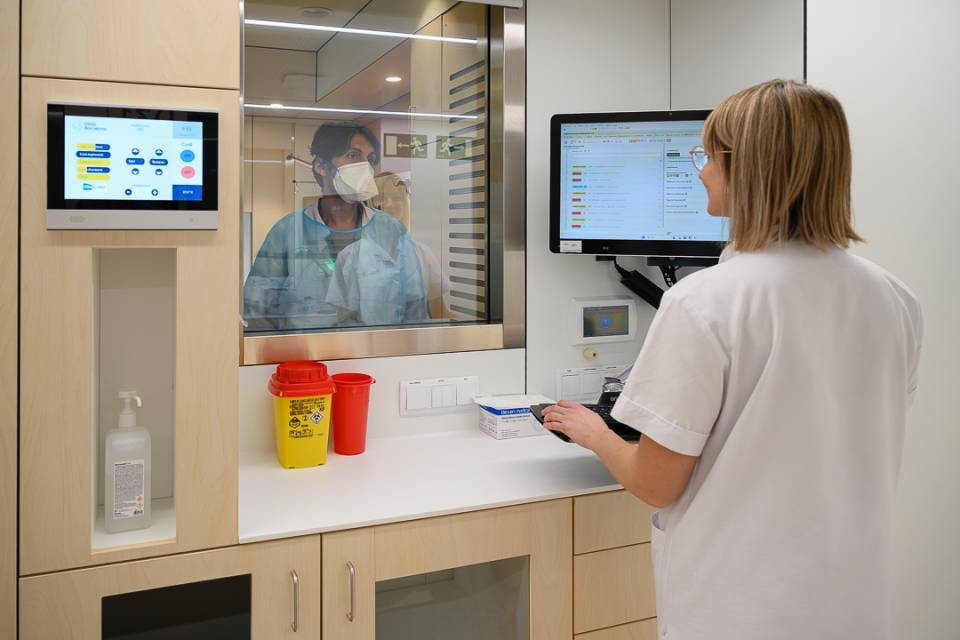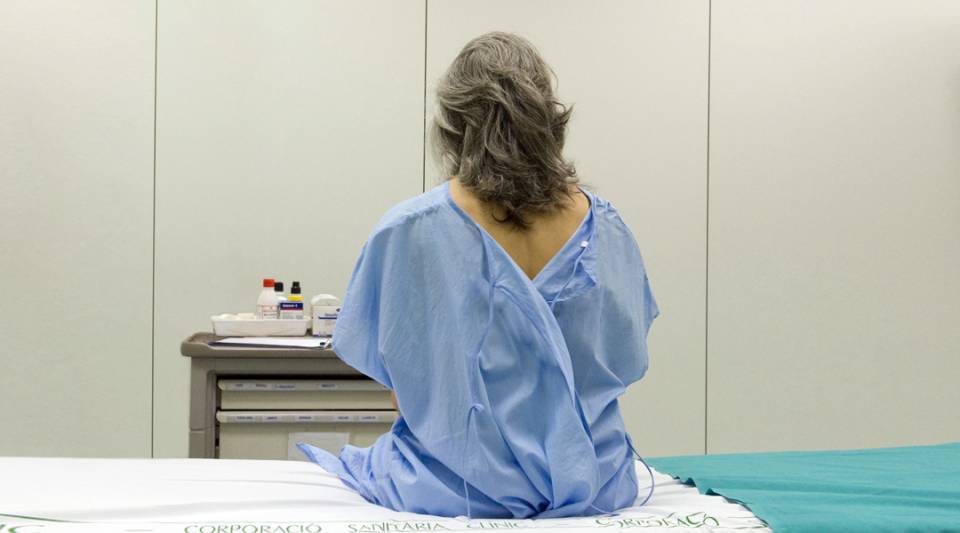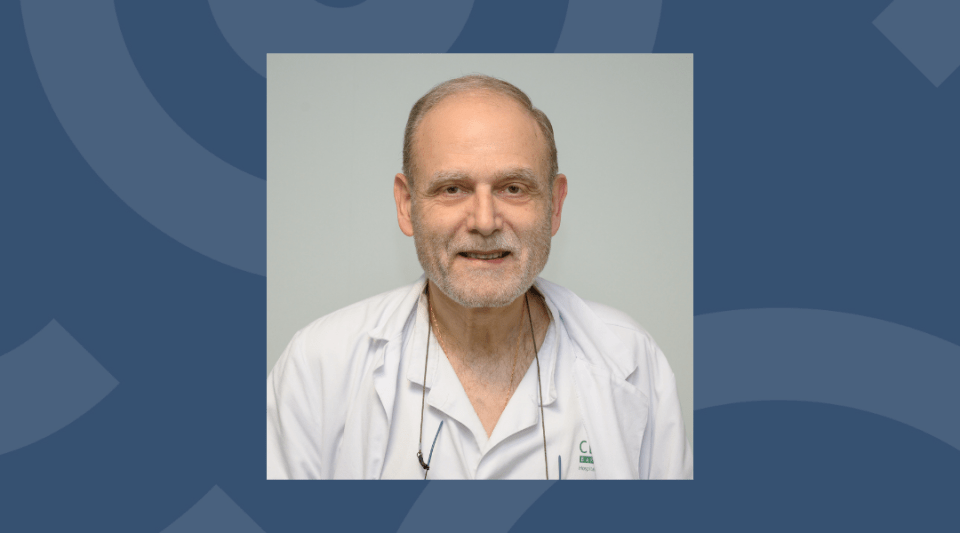News related with the service
Clínic Barcelona
Clínic Barcelona
April 11 2025
Clínic Barcelona
Clínic Barcelona
March 10 2025
The Clínic treated 784 cases of sexual assault in 2024, 15% more than in 2023
Clínic Barcelona
Clínic Barcelona
December 17 2024


